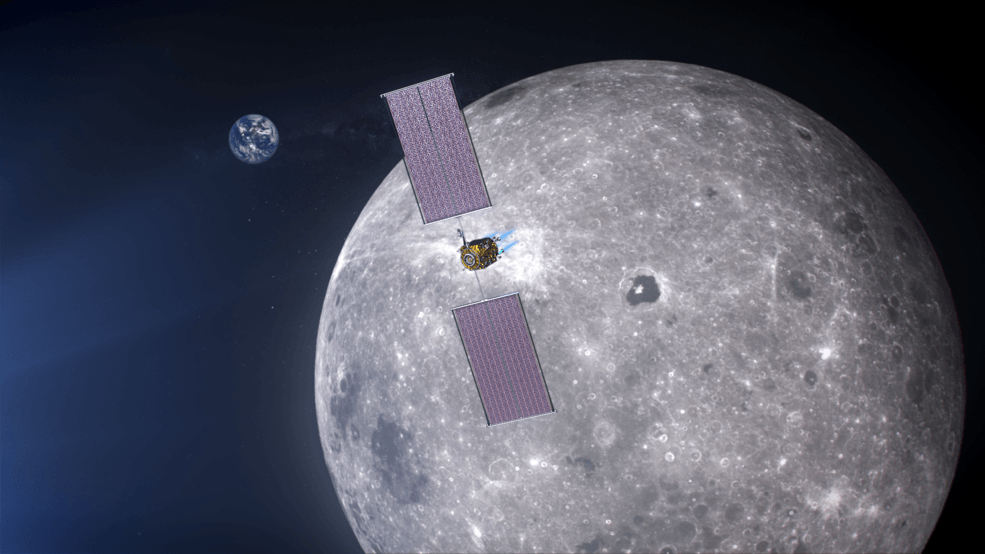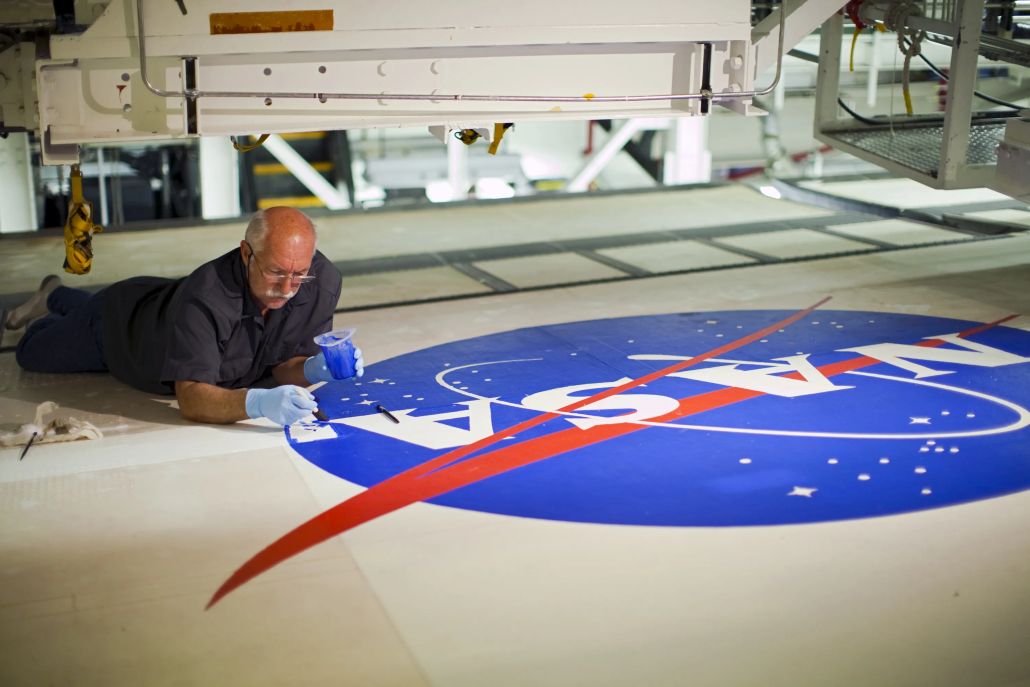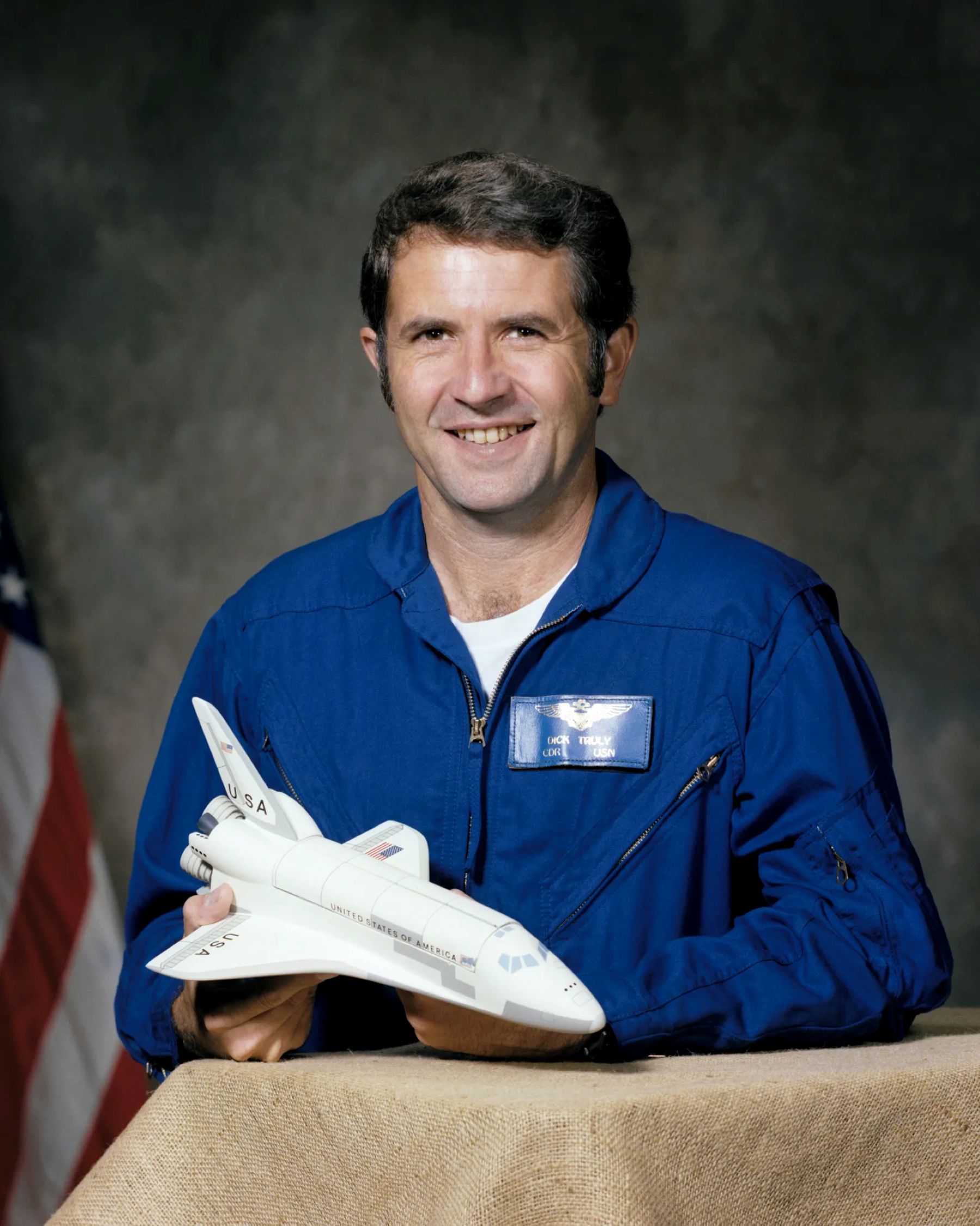Rob Gutro: Clear Science in the Forecast
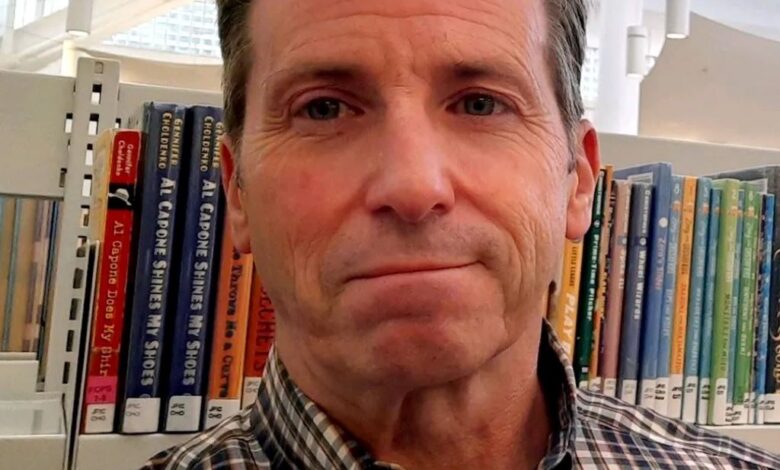
Rob Gutro has never been one to stay idle. From his start working at a paper factory as a teenager, Rob navigated his way to NASA’s Goddard Space Flight Center where he serves as the deputy news chief in the Office of Communications until he retires in October 2024.

Rob Gutro serves as deputy news chief at NASA’s Goddard Space Flight Center.
Photo courtesy of Rob Gutro
In this role, Rob manages all the media products, like news stories and videos, that come out of Goddard. He also edits content, creates detailed reports, and coordinates media requests, leaning on decades of experience in communications to help the Goddard newsroom run smoothly.
But his path to NASA was neither paved nor linear. It took a strong will and unflagging passion to overcome obstacles along the way and rise to his current role.
Weathering the Journey
Rob began working at a young age, first at a paper factory, then a bank, and then a law office. But none of these jobs were ever his end goal.
“I loved music as a teenager and always wanted to work on the radio,” Rob says. So he got a degree in radio and television from Northeast Broadcasting School in Boston. “I went straight into radio broadcasting and continued that part-time for 20 years.”
He started out hosting a weekend radio show, but didn’t intend for it to be a career for financial reasons. So he completed another degree, this time in English and business at Suffolk University in Boston.
“I knew that to do the type of broadcasting I wanted to do, I needed to learn how to write so I could explain things via stories and reporting,” Rob says. “And I was particularly fascinated by the weather, so I wanted to be able to communicate broadly about that.”
He then worked for the USDA as a writer and editor for a year before joining NOAA as a writer in the 1990s. The highlight of his NOAA career was a work detail he did for the National Hurricane Center during hurricane season in 1993. He enjoyed it so much he eventually decided to go back to school again, earning a degree in meteorology from Western Kentucky University in Bowling Green. “I call it my third degree burn,” he jokes.
During the program, he refined his broadcasting skills and immersed himself in the science behind the weather and forecasting. He was focusing on what he loved, though it wasn’t an easy journey.
“When I went back to school for meteorology I was working two jobs and making minimum wage, living off of ramen noodles and tuna fish every day because that was all I could afford,” Rob says. “But I was determined!”
Upon graduation, he began working for a private weather company doing marketing and writing. Rob balanced multiple jobs, including a part-time radio gig, while continually applying to The Weather Channel. After eight years of applications, he was finally hired as a radio broadcast meteorologist! “I loved being on the air with The Weather Channel and doing radio broadcasts,” Rob says.
“I think the key to everything is persistence and patience,” Rob says. “My advice to everybody is no matter what your goal is, keep pursuing it because eventually it will happen!”
Navigating NASA
Rob’s desire to understand climate change and return to Maryland brought him to NASA. He became an Earth science writer at NASA Goddard in 2000. By 2005, he was the manager of the Earth science news team, and in 2009 he began working with the James Webb Space Telescope team and also obtained his current role of deputy news chief.
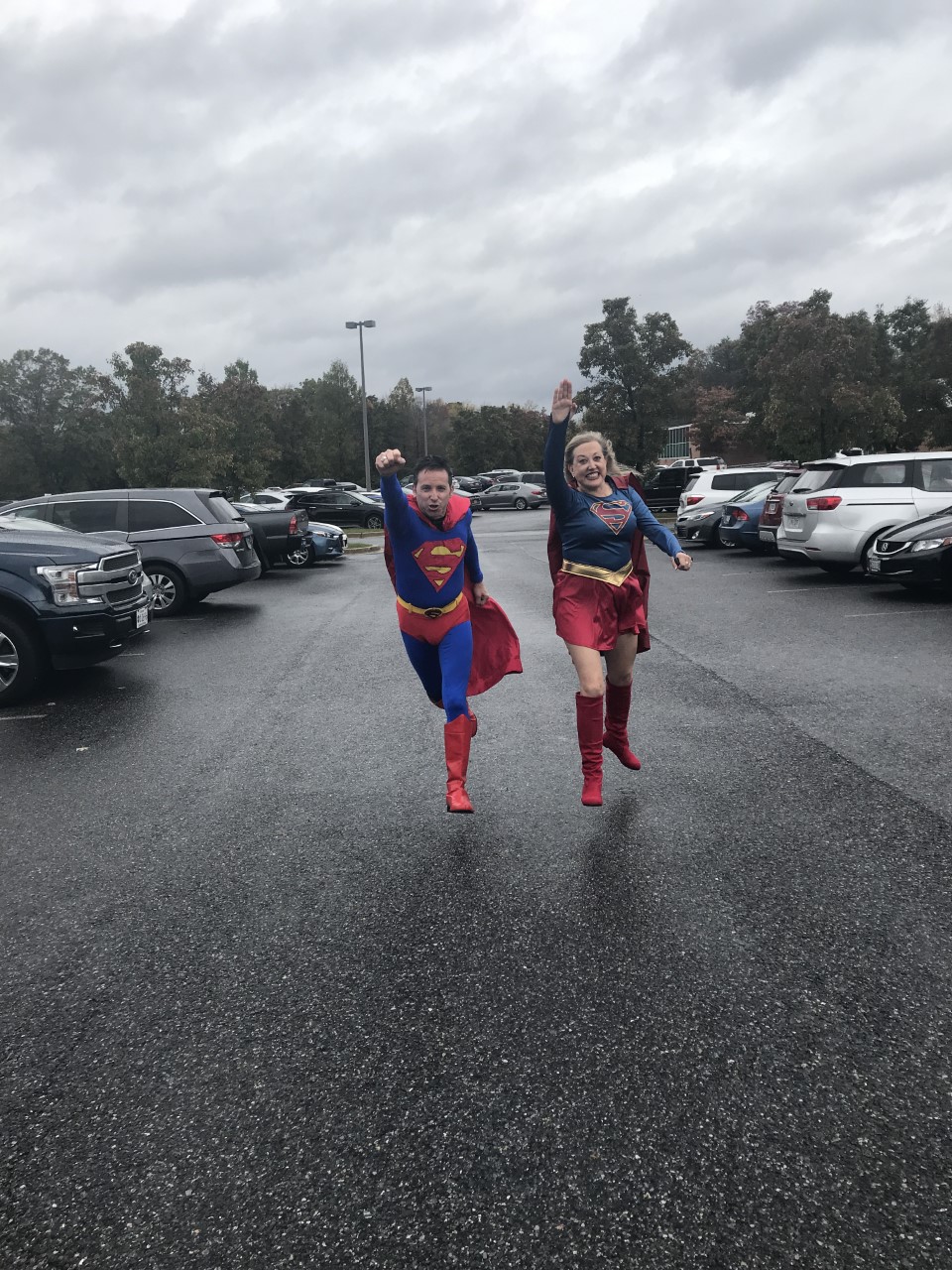
Rob and Lynn to the rescue! One of the highlights of Rob’s career at NASA was working with Lynn Jenner for more than 20 years. Together, the duo –– photographed here at a work party –– managed web pages about hurricanes and fires.
Courtesy of Rob Gutro
“My degrees have served me well at NASA because I work with the media, I write, and I have to understand science,” Rob says.
His favorite NASA project was the now-retired NASA hurricane page, which he wrote content for and kept updated every single day for the 15 years it was active. The media frequently used NASA imagery shared on the hurricane page, and people worldwide used the information to make decisions about their safety during hurricanes.
“I’ll never forget one experience, where a woman in the Philippines asked if she should evacuate her mother from a nursing home on the island of Visayas,” Rob says. “I said yes, because the island was going to be inundated by an eight-foot storm surge.” So she did, and two weeks later she emailed Rob again saying the entire nursing home was flooded to the roof — her mother would have likely drowned if she’d stayed.
On to the Next Chapter
As busy as his work life has been — Rob had three jobs at any given time until he was 40 years old — his off duty hours haven’t been idle either. In January 2025, he’s publishing his twelfth book, and has another six already mostly written.
“I’m retiring from NASA soon and will focus on my books, continuing the fundraising lectures for animal rescues that I’ve done for the last decade, and teaching paranormal courses in night school for two adult education programs,” Rob says. “And my husband and I have three dogs to keep us busy — they are the joy of my life!”
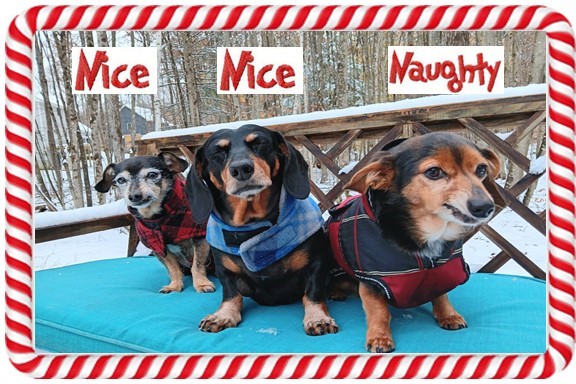
Rob’s three dogs, as pictured on a 2023 Christmas card.
Photo courtesy of Rob Gutro
Reflecting on his career, Rob singles out blogging as one of the most effective tools he’s used over the years.
“Whether you want to write a book or science articles, one of the easiest ways to begin is by starting a blog and writing about things you like,” he says. That’s one key to his productivity, as he says, “Whatever you write can always be repurposed, and if you’re constantly leaning into things you’re passionate about, you’ll eventually end up exactly where you’re meant to be.”
By Ashley Balzer
NASA’s Goddard Space Flight Center in Greenbelt, Md.



